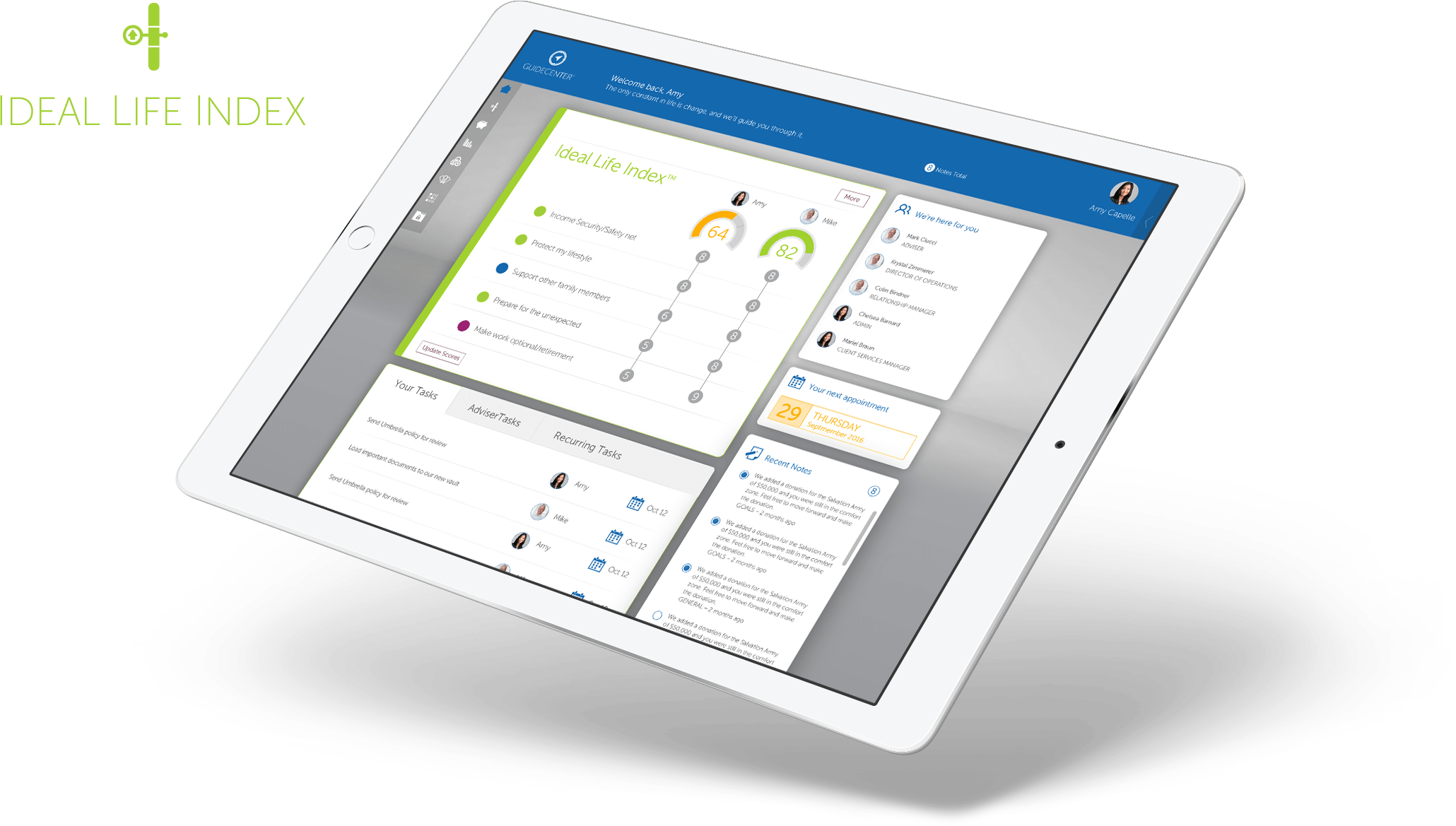Things to Look for When Buying Hearing Aids
Reportedly, around 48 million American senior citizens suffer from hearing loss problems. It is the third most common chronic condition among people, but over 80 percent of patients don’t use a hearing aid. It is seen that patients who neglect hearing problems or don’t wear hearing aids may experience increased anxiety, depression, and even memory loss. Hearing aids do not cure hearing loss, but this device does assist in hearing. It cannot restore your hearing to normal, but it can help you manage the negative effects of hearing loss.
Consulting a hearing health professional and using the right hearing aid is crucial to prevent serious consequences. However, with multiple products available in different styles and features, choosing the right hearing aids can be a little confusing. In the early days, buying hearing aids was quite easy. Only a few manufacturers produced a limited number of styles and designs. However, several new features were added with technological advancements, and digital technology was incorporated into the design. Now, you may wonder how to choose the right hearing aid device.

First, consult a Hearing Healthcare Professional to know if you need one or two hearing aids. A qualified hearing physician can guide you in choosing the right hearing aid. However, in addition to seeking an expert opinion, there are some factors to consider when purchasing hearing aids. Below are the key things you should consider when buying a hearing aid.
Key Features
The latest rechargeable hearing aids have multiple features, such as directional microphones and noise reduction. While looking for a perfect hearing aid, consider features like custom programming and automatic gain control. These features help to hear soft sounds and minimize loud noises. A hearing aid with a feedback manager allows you to enhance amplification while minimizing whistling. With the help of Telecoil, you can connect it to telephones, hearing loops, neck loops, and wireless systems. Ensure the hearing aid you choose has directional microphones to digitally focus on a sound source around you.
Battery Life and Style
Another important consideration is battery life. Usually, smaller hearing aids have a smaller battery that needs frequent replacement. If you don’t want to keep changing the batteries every week, then make sure to check how large the battery is. The battery life of hearing aids may vary from 3-17 days. The available battery sizes are typically 10, 312, 13, and 675. Choosing the right style of hearing aid is also crucial. You can buy a Traditional In-the-Ear Aid, Completely In-the-Canal, Mini Behind-the-Ear, or Traditional Behind-the-Ear hearing aid. Your type depends on your comfort, severity of hearing loss, skill, and personal taste.
Connectivity
Modern hearing aids can be connected wirelessly to multiple devices. You can look for aids compatible with your computers and mobile phones. Some advanced hearing aids can be connected directly to your devices using Bluetooth. This helps answer telephone calls, access music now, and remotely manage volume and other settings.
















